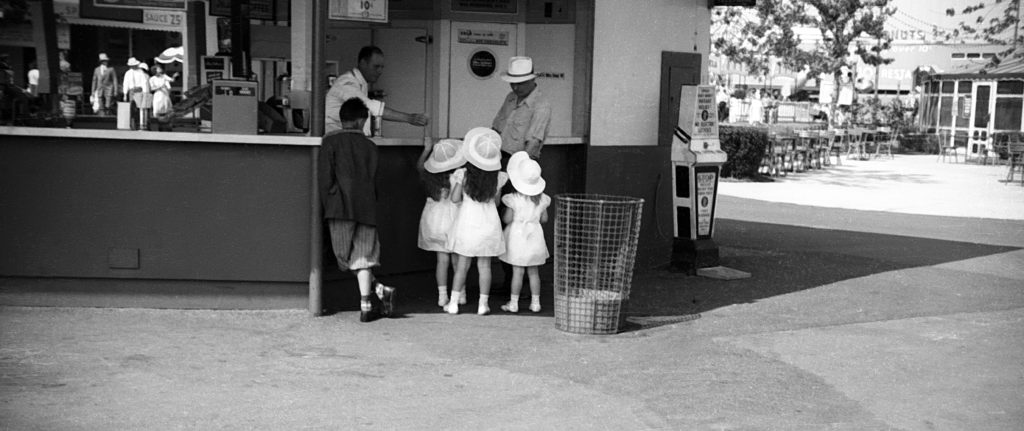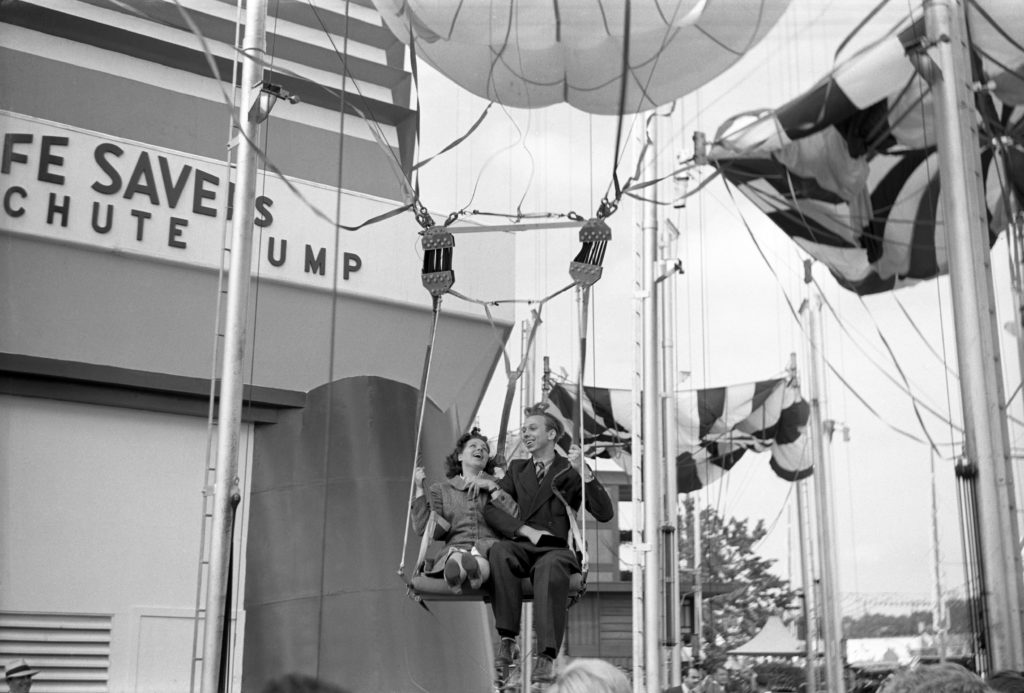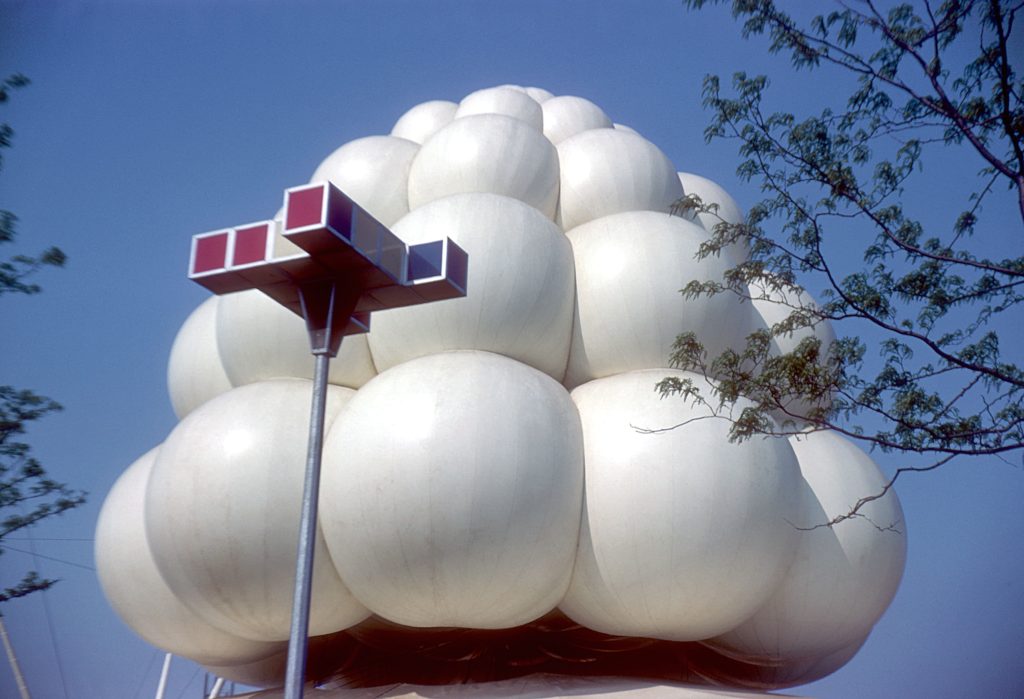World’s Fairs used to be incredibly popular events, with millions of attendees visiting the host city in order to witness spectacular celebrations of science, technology and progress. This week marks the eightieth anniversary of the 1939 New York World’s Fair, the penultimate fair in NYC. To commemorate the anniversary, the Bayside Historical Society is hosting numerous fun activities this Friday in Bayside, Queens, including a presentation by preeminent World’s Fair authority, expert and author Bill Cotter.
We spoke with Bill Cotter about how his interest in the fairs started, the most significant World’s Fairs to date, and his favorite memorabilia from the New York World’s Fairs.
How did you become so interested in World’s Fairs?
I went to the 1964-1965 New York World’s Fair at age 12. I had an aunt who traveled a lot and she had been to Expo 58 in Brussels and the 1962 Seattle World’s Fair, and I had enjoyed her photos and movies from her visits. I had a great time at the Fair, especially at the Disney shows, and the international pavilions. Years later, I went to visit Walt Disney World and it was like a trip back in time to the Fair – Mr. Lincoln was there, the Carousel of Progress, a monorail – I was 12 again! That led to my working for Disney, where I was thrilled to be working alongside some of the people who had helped shape the Fair.
Later, in the 1990s, I was in New York on a business trip and had an unexpected day off. I decided to visit the former Fair site – and I was hooked all over again. I started collecting photos to supplement my own from the Fair, and just never stopped.
In your opinion, what was the most historically or culturally significant World’s Fair?
I would say the 1939-1940 New York World’s Fair. The nation was still coming out of the Depression, and there was the Fair, a gleaming showcase on what just a few years earlier had been a trash heap. The Fair promised a future of ease and luxury, and helped take minds off the wars breaking out overseas. There were displays of new technology that would surely improve our lives – long distance phone calls, television, and even a robot servant. A giant midway of rides, many pavilions from far off countries, and perhaps the largest collection of artwork ever commissioned for a world’s fair.
The Bayside Historical Society is commemorating the 80th anniversary of the 1939-40 New York World’s Fair this coming Friday. Why do you think World Fairs are worth remembering and commemorating? What can we learn from them today?
They are snapshots in time of idealistic worlds that helped shape the direction of our real environments. Some of the best minds of the time came together to create escapes from the drudges of everyday life, escapes that featured exotic foods, thrilling rides, entertaining shows – often showcasing the latest and greatest products of the sponsoring companies – and the opportunity to learn more about other cultures.
You’ve published numerous photo books on World’s Fairs and are believed to hold the largest private holding of photographic images of World’s Fairs in the world! What is your favorite World’s Fair photo or memorabilia that you’ve collected thus far?
Wow, the old “which is your favorite child” question! I can think of a few that I especially enjoyed. One is of a man who was visiting the 1933-34 Chicago World’s Fair. He sent a picture to the folks back home that featured him high atop a tower of a cable-car ride. The picture itself isn’t all that impressive – but I love the caption on the back: “As close as I’ll ever get to heaven.”
I also enjoy some views from the 1939 Fair, like this dad buying ice cream for his kids:

Or this happy couple on the Parachute Jump:

And finally, a picture of a futuristic streetlight and snack bar from the 1964 Fair:

What are some of the most interesting controversies or surprising facts about New York World’s Fairs?
The 1964 Fair was on the same site as the 1939 outing for several reasons. Robert Moses hoped to use the profits to build a world’s class city park, which had been the goal of the 1939 Fair but it had run out of money (sadly the 1964 one would as well). Fortunately the 1939 Fair could not afford to rip out all of the roads and buried utilities as had planned, allowing them to be reused for 1964 – and thereby reducing construction time and costs.
The 1964 Fair is not an “official” world’s fair. Robert Moses tried to beat down the international organization that sanctions these events, insisting his fair was so important he could ignore many of its rules. As history shows, he was wrong, so much of the world stayed away, with most of the international pavilions being built by foreign companies, not governments.
Meet Bill Cotter this Friday, September 6th, in Queens at the Bayside Historical Society’s 80th anniversary commemoration of the 1939-40 New York World’s Fair. Event details here.


